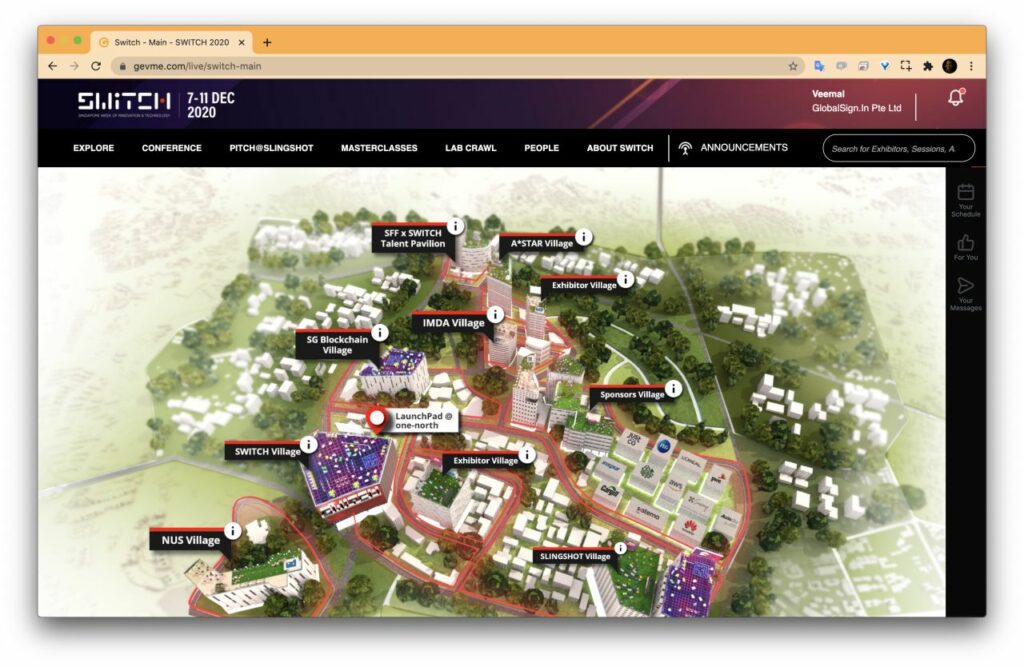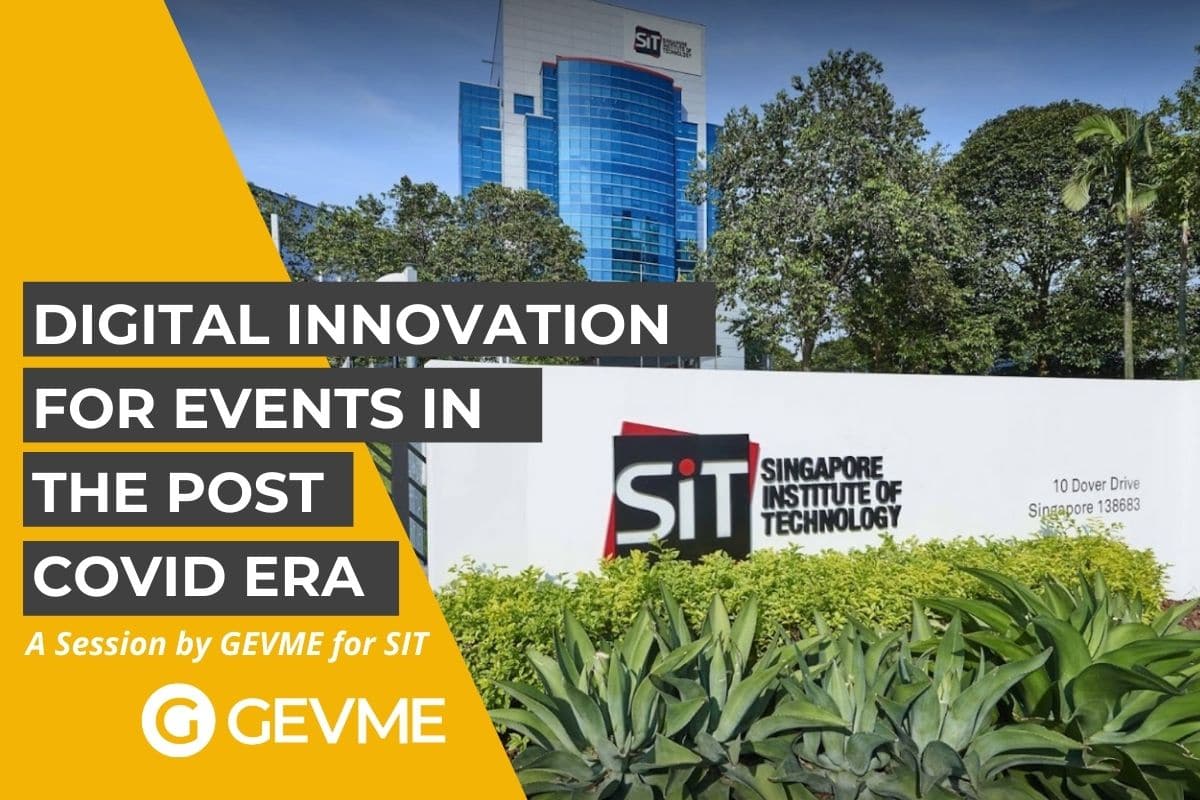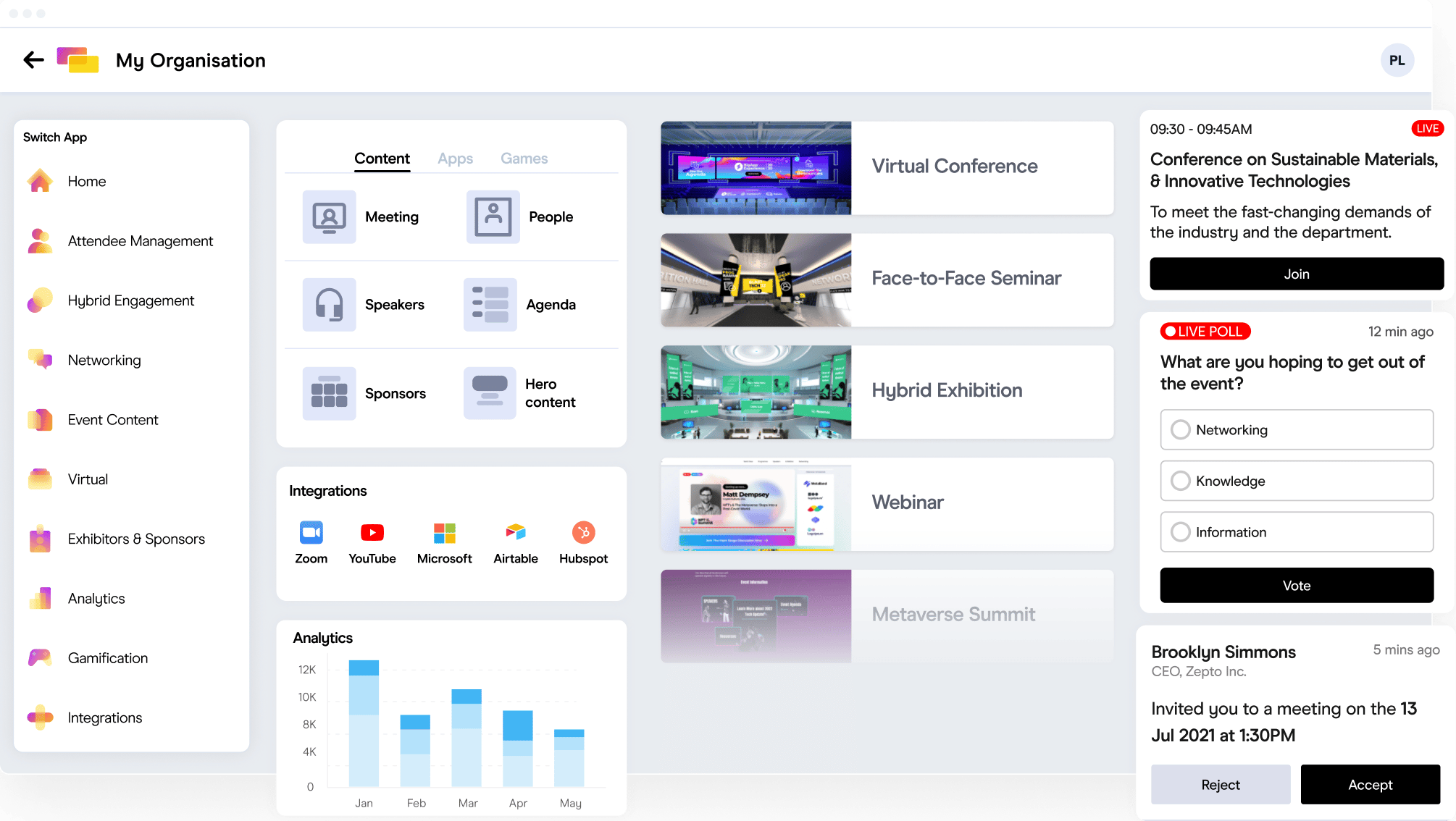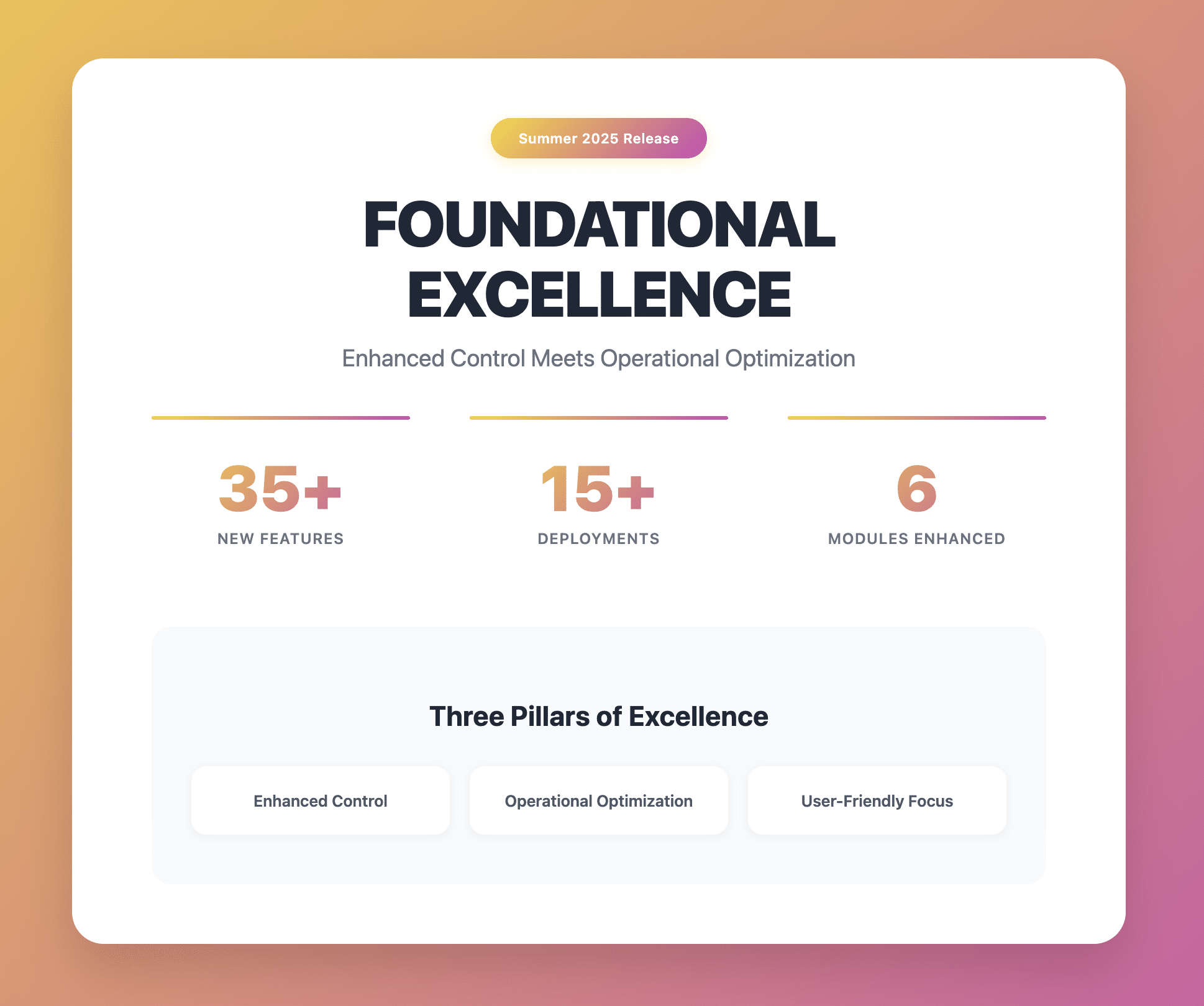A few weeks ago, we had Jonathan Easton, Co-Founder & Design Director of GlobalSign.In and GEVME, hosted an insightful session on ‘Digital Transformation in the Event Industry’ for Singapore Institute of Technology (SIT) which had several students in virtual attendance. We have shared the key takeaways from his session below.
The Impact of the Pandemic on the Events Industry
At the start of the session, Jonathan asked the audience, “What is your state of mind regarding the future of events?”
The majority was optimistic. They believed COVID’s impact would be temporary on the event industry.
While the majority of the audience was optimistic, when COVID began, 99% of the Gevme and GlobalSign.In business was dependent on physical events. In 2020, revenue dropped to zero in a matter of weeks. The entire event industry was adversely affected and nobody was optimistic about the future.
Here are some more figures to put things in perspective:
- As of March 2020, the exhibition and events industry lost $16.5B (Source: UFI, 2020)
Since the beginning of March 2020, the pandemic had resulted in over $500B in cumulative losses for the U.S. travel economy. (Source: U.S. Travel Association, 2020). This figure is important as travel fuels the MICE (meetings, incentives, conferences and exhibitions) industry.
Pivoting to Virtual through Event Technology
The only way the industry could survive was by making a virtual pivot.This was an option, but it wasn’t an easy option.
Since the pandemic, virtual events increased by ~1000%. The global virtual events market size valued at $77.98B in 2019 is expected to grow at a CAGR rate of 23.2% from 2020 to 2027.
People are also more interested in virtual events. According to Google Trends, the number of individuals searching the term “virtual events” increased during March 2020.
But How Can One Host An Interesting And Engaging Virtual Event?
Here are some examples that will inspire you:
Live Doodling
An event in which the audience can doodle about the topics discussed. This helps keep the attendees engaged during a conference.
3D Environments
3D events help the audience have a more immersive event experience.
Virtual Worlds
These incite the attendee to explore and discover the space, a concept Gevme used for our Virtual Experience Makers series.
CASE STUDY: SWITCH 2020
An immersive city experience, featuring village communities, AI recommendations and matching, as well as on-demand content.
SWITCH 2020 was a hybrid event that was hosted on an online platform and featured multiple exhibitors and organizers from all over the world. It was streamed 24 hours a day, 5 days a week. (You can read more about this event here)

Rise of the Digital Event Manager: What does it mean to be an Event Manager today?
With all the changes in the events industry, have the expectations from Event Managers remained the same after COVID?
The expectations may not have changed but a new role has come to the forefront. The Digital Event Manager.
What does a Digital Event Manager do?
A Digital Event Manager is someone that uses their technical skills coupled with their event management experience to reinvent the concept of events and create engaging digital experiences for attendees.
It’s crucial for a Digital Event Manager to have technical skills as well as a passion for creating digital event experiences.
SOME TIPS FOR DIGITAL EVENT MANAGERS:
Rethink the Concept of Space and Time
In the virtual space, time and space works differently. For instance for SWITCH 2020, the event was 24 hours. The logistics of such an event are very different from a physical event.
Rethink the Monetisation or Sponsorship Models
80% of virtual events are free or almost free. So how will stakeholders make money? This is one of the challenges that needs to be solved. Gevme is also experimenting with various models and advising our customers on various monetisation models but there isn’t a clear cut solution yet.
Rethink the Attendee’s Journey in the Virtual Space
In a physical event, the organizers know the attendees’ journey and are prepared for it, but in a virtual event, it’s a different story. The attendee may decide to leave the event at any time, so you have to prepare for this situation.
Enlarge Your Toolset And Keep Abreast With New Technologies
There has been an outburst of new technologies and new tools due to the pandemic. It’s important to be aware of them, because only then would you be able to plan your event while keeping the latest technology in mind.
Data
Practically everything and anything can be tracked in the virtual world. You can track which sessions are popular, what is the drop-off rate for any particular session, who the attendees are chatting with, all of this and more, can be tracked. How can you make the most of this data? You need to keep that in mind when planning your event.
The Future: What Lies Ahead For The Events Industry
Virtual is here to stay, it’s not a passing fad. The virtual pivot allowed us to see the level of accessibility and inclusivity that can be brought to events with the help of digital. Your location or time zone does not matter, everyone and anyone can join the virtual event and benefit from this event experience.
And because of the impact of these events and how accessible they are, virtual will remain at the core of the event industry. It will reshape the industry as a whole. People have experienced the ease of attending virtual events now, they won’t go back to the physical-only event space.
You can’t put the genie back in the bottle now!
When the physical events return, they won’t be the same. There will be a marriage of the virtual space with the physical space in a way that makes the best use of each medium. Creativity and imagination will play a major role in future events. You should be excited for the things to come as we have the chance to rewrite the future!








